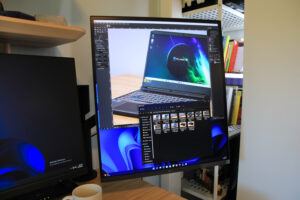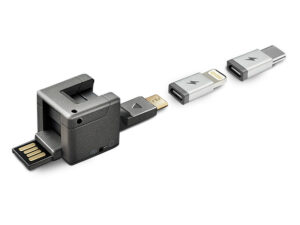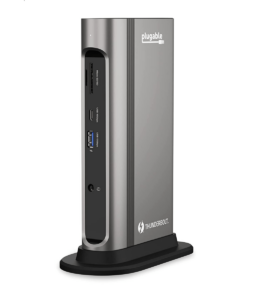In the audio world, there are often recurring problems that cause headaches for recording enthusiasts and podcast producers. One example of this is the persistent intrusion of background noise, which can spoil the quality of recordings. Whether it’s keyboard clatter in the background or the noise of traffic, the challenge of achieving clear and unadulterated audio recordings remains. The solution often lies in an aspect that is easily overlooked — the directional characteristic of the microphone.
The polar pattern of a microphone, also known as the polar pattern, determines from which direction a microphone picks up sound and which it ignores. This technical subtlety can be the key to keeping unwanted noise out of your recordings and capturing only the sounds you want.
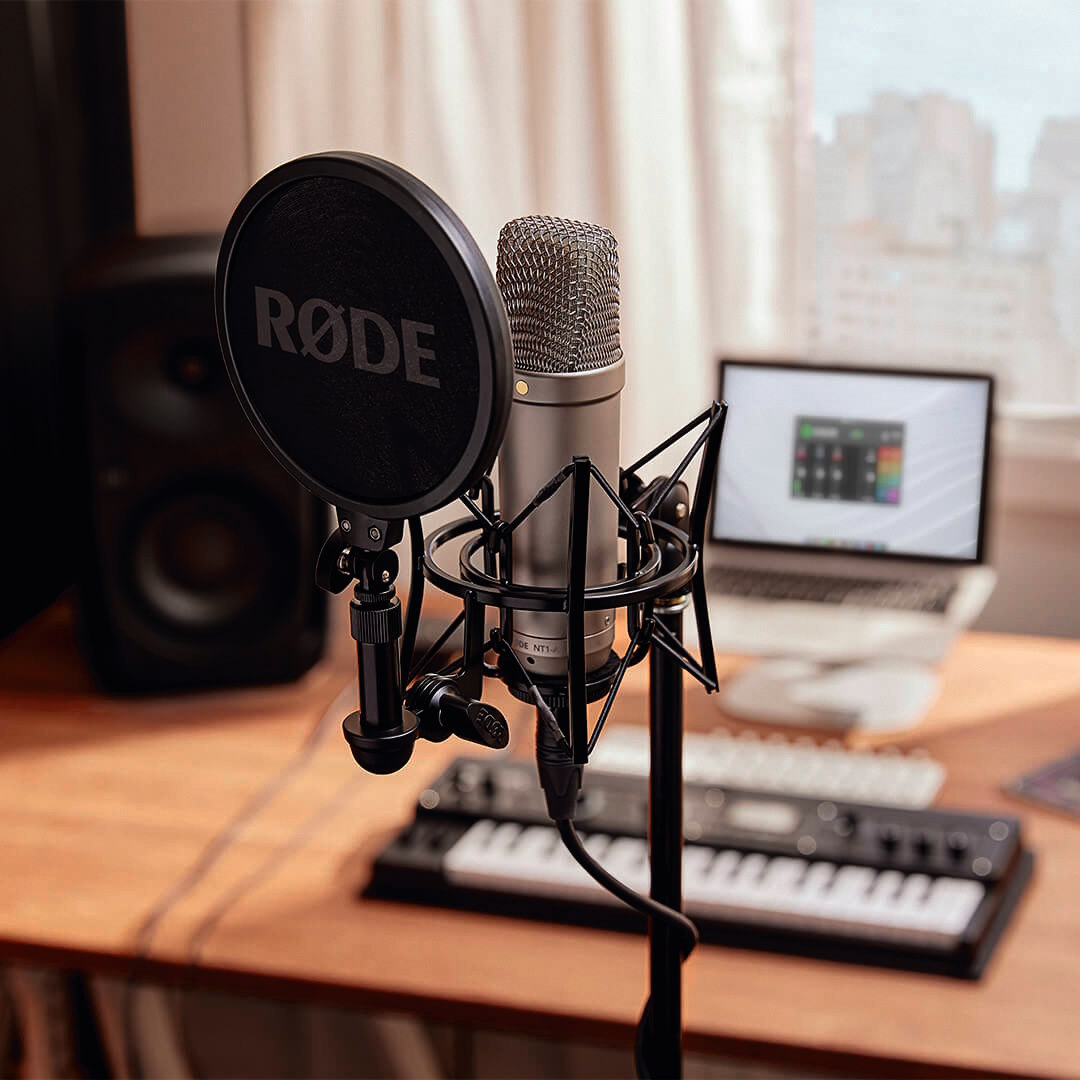
The directional characteristic of your microphone usually determines how well the recording ultimately turns out. There are different modes to choose from.
Røde
The cardioid polar pattern, also known as cardioid, is a lifesaver when it comes to minimizing background noise. It picks up sound mainly from the front and largely ignores noise from the sides and rear. This is particularly useful for solo podcasters or streamers who want a clear voice recording without disturbing noises from the surroundings.
The supercardioid and hypercardioid characteristics are somewhat narrower, which are even more focused on the front and minimize lateral noise more effectively. They are ideal for situations with a lot of background noise or live performances where a clear separation between the desired sound source and ambient noise is required.
At the other end of the spectrum is the omnidirectional characteristic, which picks up sound from all directions. It can be useful in certain scenarios, such as group discussions or recordings in quiet, controlled environments where the natural atmosphere needs to be captured.
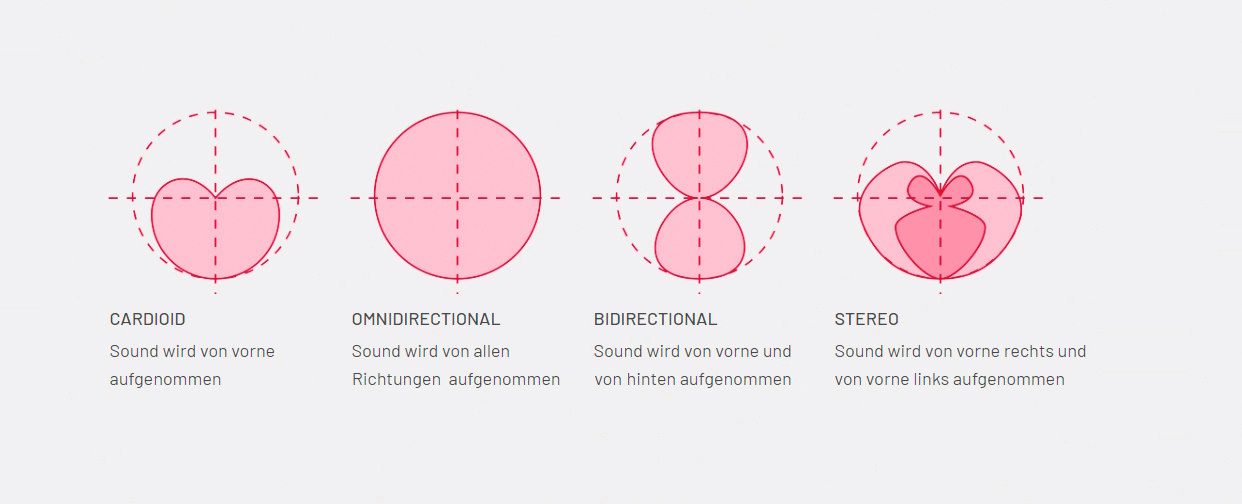
A comparison of the different microphone polar patterns. Modern microphones often offer switches to change the recording mode.
IDG
The bi-directional characteristic, often referred to as “Figure-8,” picks up sound from the front and back, ideal for face-to-face interviews or duets where voices or instruments need to be clearly separated. In general, when recording, it is important to understand and apply the different microphone polar patterns in order to overcome typical audio problems.
This already applies to the choice of microphone. For example, modern microphones often have switchable directional characteristics that make it possible to react flexibly to different recording situations. Nowadays, where clear communication and high audio quality are increasingly important, the right choice and understanding of microphone polar patterns can make a significant difference.
See PCWorld’s article on the best USB microphones for streaming to learn more.
This article was translated from German to English and originally appeared on pcwelt.de.
- SEO Powered Content & PR Distribution. Get Amplified Today.
- PlatoData.Network Vertical Generative Ai. Empower Yourself. Access Here.
- PlatoAiStream. Web3 Intelligence. Knowledge Amplified. Access Here.
- PlatoESG. Carbon, CleanTech, Energy, Environment, Solar, Waste Management. Access Here.
- PlatoHealth. Biotech and Clinical Trials Intelligence. Access Here.
- Source: https://www.pcworld.com/article/2204691/suitable-directional-characteristic-of-the-microphone-for-your-recording.html
- :is
- :where
- $UP
- 1
- a
- achieving
- All
- already
- also
- Ambient
- an
- and
- appeared
- applies
- Apply
- ARE
- article
- AS
- aspect
- Atmosphere
- audio
- back
- background
- BE
- between
- by
- CAN
- captured
- Capturing
- Cause
- certain
- challenge
- change
- characteristic
- characteristics
- choice
- Choose
- clear
- clearly
- comes
- Communication
- comparison
- controlled
- de
- desired
- determines
- difference
- different
- direction
- directional
- directions
- discussions
- easily
- effectively
- end
- English
- enthusiasts
- environments
- Even
- example
- flexibly
- focused
- For
- from
- front
- General
- German
- Group
- Have
- headaches
- High
- How
- HTML
- HTTPS
- ideal
- important
- in
- increasingly
- instruments
- Interviews
- IT
- jpg
- keeping
- Key
- Knowing
- known
- largely
- LEARN
- lies
- live
- Lot
- mainly
- make
- microphone
- microphones
- minimize
- minimizing
- Mode
- Modern
- modes
- more
- Natural
- Need
- needs
- Noise
- of
- offer
- often
- on
- ONE
- only
- or
- order
- originally
- Other
- out
- Overcome
- particularly
- Pattern
- patterns
- performances
- Picks
- plato
- Plato Data Intelligence
- PlatoData
- podcast
- polar
- possible
- problems
- Producers
- quality
- React
- recording
- recurring
- referred
- remains
- required
- right
- s
- scenarios
- Sides
- significant
- situations
- solo
- solution
- somewhat
- Sound
- sounds
- Source
- Spectrum
- such
- Technical
- that
- The
- There.
- they
- this
- to
- traffic
- turns
- typical
- Ultimately
- understand
- understanding
- unwanted
- upgrade
- URL
- usb
- useful
- usually
- Voice
- VOICES
- want
- was
- WELL
- when
- whether
- which
- WHO
- with
- without
- world
- you
- Your
- zephyrnet




